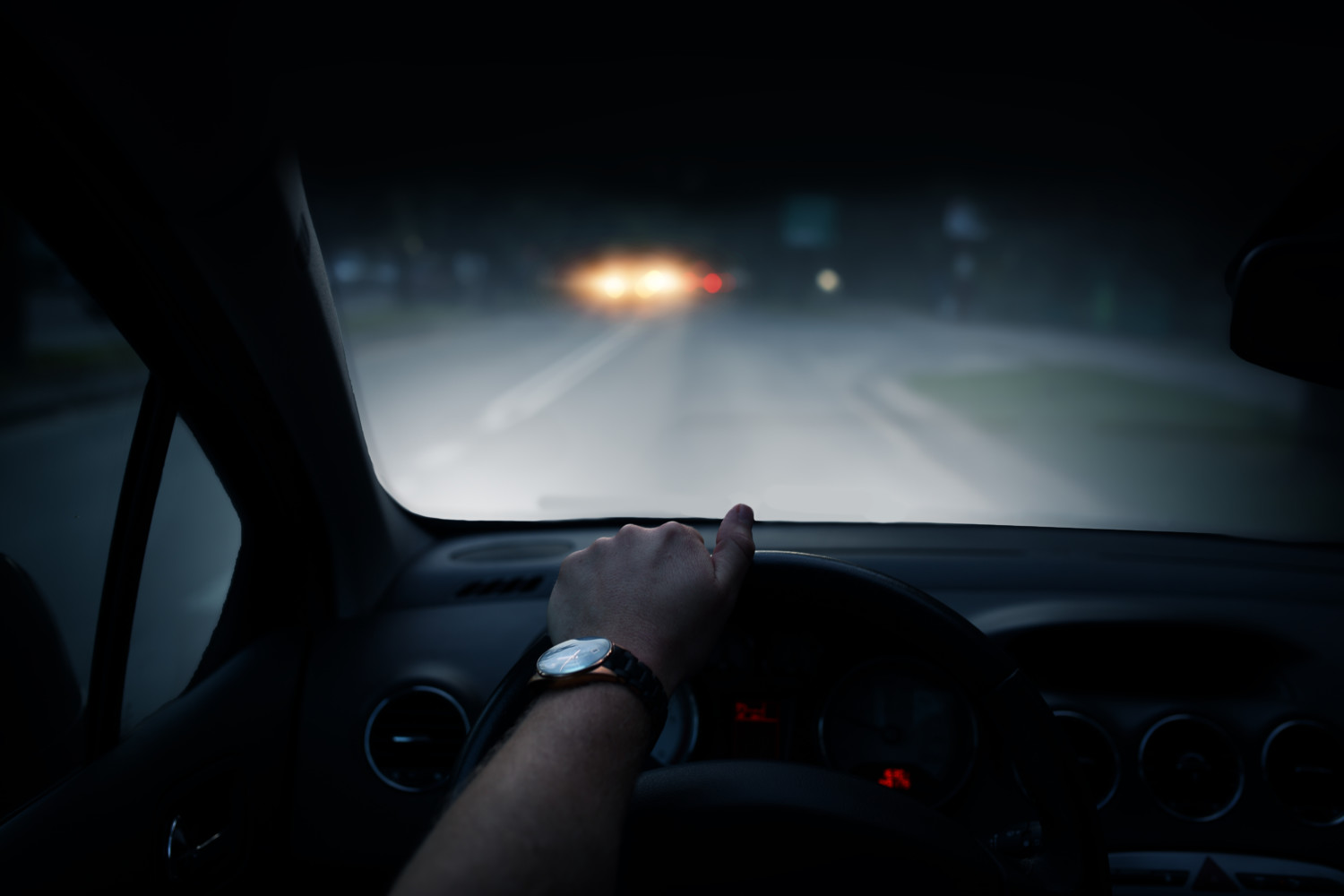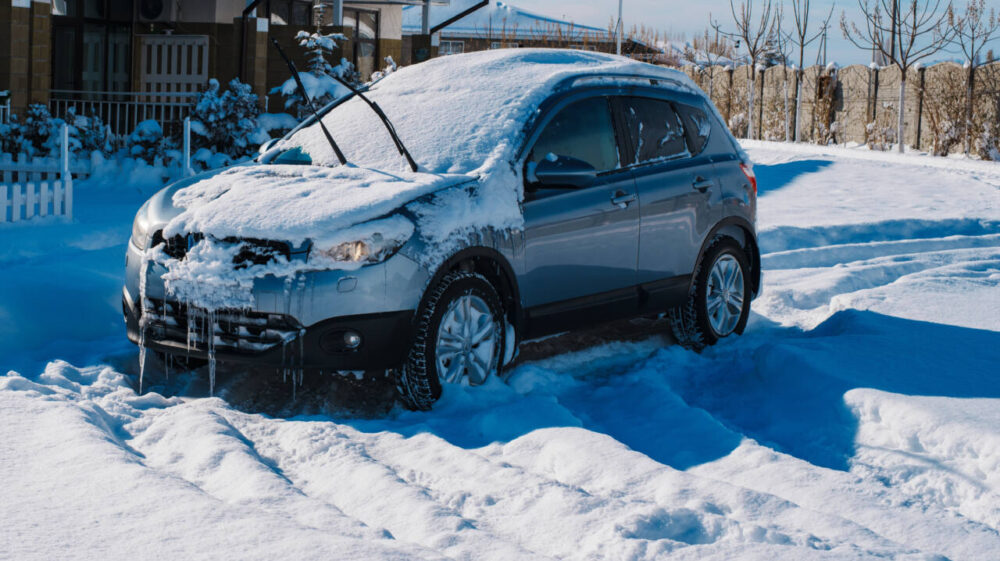Adaptive driving beams will be allowed on US vehicles to prevent night crashes

The U.S. government is taking steps to allow headlight technology on vehicles that could improve night driving conditions while reducing crashes that happen after dark.
The U.S. National Highway Traffic Safety Administration announced Feb. 15 that the agency will now allow adaptive driving beams, or advanced headlights on vehicles driven in the U.S. in an effort to try and reduce more traffic accidents that occur at night, the agency said.
Steven Cliff, NHTSA’s Deputy Administrator said, “NHTSA prioritizes the safety of everyone on our nation’s roads, whether they are inside or outside a vehicle. New technologies can help advance that mission.” Cliff said, “NHTSA is issuing this final rule to help improve safety and protect vulnerable road users.”
As Autoweek reported, adaptive driving beam headlights, or smart headlights, light up the road with a beam that has the brightness of a traditional headlight’s high beam. However, adaptive beam headlights have sensors and a special design that adjusts the brightness and direction of the light. The technology is meant to be more adaptive to the environment than simply switching from regular beams to high beams manually.
The NHTSA says that adaptive beam technology is even more useful for distance illumination, to light up pedestrians, objects and animals without having to reduce the visibility of other drivers who may be blinded momentarily by exceptionally bright headlights from other vehicles.
By Douglas Jones, The Denver Channel.





